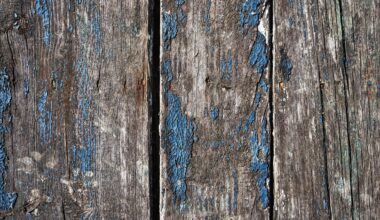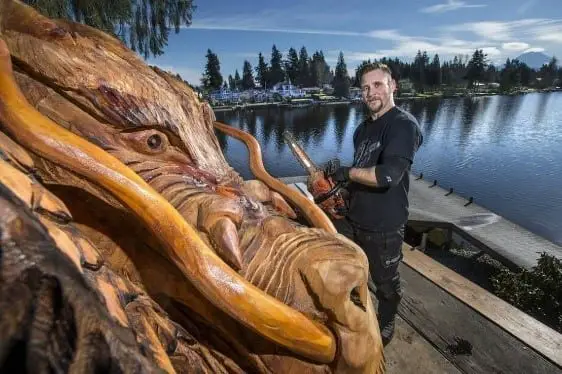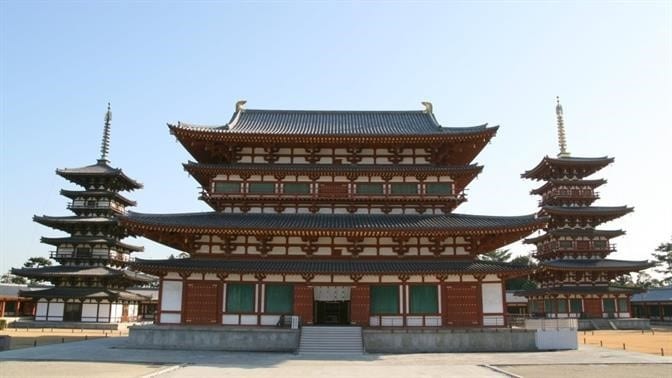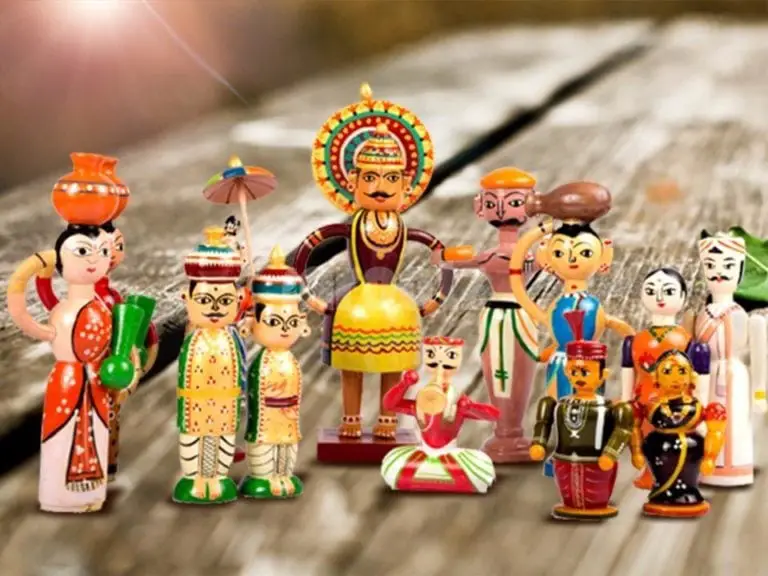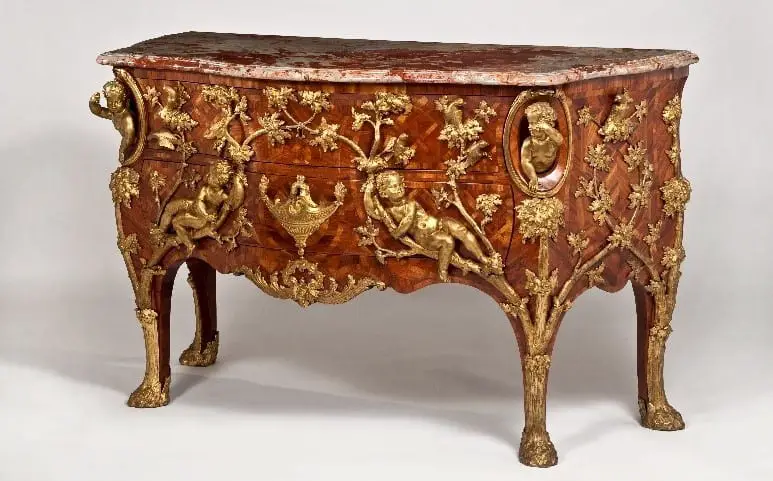
Image Courtesy of pixabay.com
“At times because of one man’s evil, ten thousand people suffer. So you kill that one man to let the tens of thousands live. Here, truly, the blade that deals death becomes the sword that saves lives”
Yamamoto Tsunetomo
The samurai (or bushi) were Japanese warriors that gradually turned into legends over the course of history.
The samurai would go through serious training before they could master the discipline and techniques needed to succeed in the tough battles with the enemies.
The training process of the samurai involved the use of unique types of swords that would allow them to learn without actually getting seriously hurt.
These swords are called “bokken” and are made out of wood.
Translated from Japanese, “bok(u)” means “wood” and “ken” means “sword.”
Video by bokkenswordvideos – Bokken Sword – The Basics
Source: youtube.com
However,traditionally, the Japanese refer to these swords as bokuto.
Even though bokkens were used in training the future samurai warriors, a master samurai could easily use the power of a bokken as a lethal weapon in battles.
The Rise of Samurai: The Unstoppable Warriors
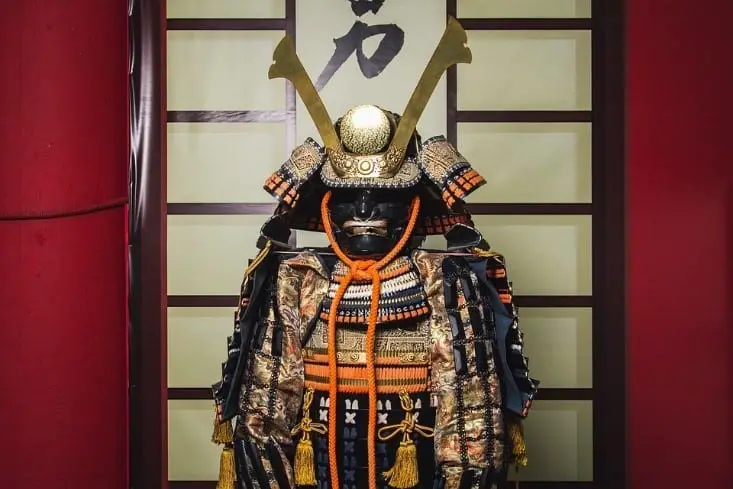
Image Courtesy of pixabay.com
During the Warring States Period encompassing the period, Japan was highly influenced by the existence of numerous independent areas in the country.
To be more specific, these independent areas are referred to as feudal states, and hence the term feudal Japan.
It wasn’t before the first contacts of the Western world with Japan that the model of feudal governing kept its grip over the Country of the Rising Sun.
Although there was an Emperor who was supposed to possess the greatest power, it was actually the so-called “daimyo” that ruled the country.
Daimyo stands for the individual leaders of each state in feudal Japan.
Video by CrashCourse – Samurai, Daimyo, Matthew Perry, and Nationalism: Crash Course World History #34
Source: youtube.com
But the backbone of the daimyo – or the real secret weapon of the feudal leaders – were the samurai.
Before the year 1868 when the era of feudalism in Japan was put to an end, the samurai represented an extremely important part of Japanese society. And this wasn’t solely related to the military services provided by the brave samurai.
Instead, the samurai represents the core virtues that formed the modern-day Japanese society: loyalty, discipline, and respect.
But above all, the samurai were unstoppable fighters.
Video by Best Documentary – Samurai Warrior – National Geographic Best Documentary 2015
Source: youtube.com
Getting into tough battles that gradually developed into wars against each other, the different samurai clans would fiercely stand for their leaders – the daimyo, even if that meant paying with their own lives.
From Dusk till Dawn: The Beginning and the End of the Samurai Class in Japan
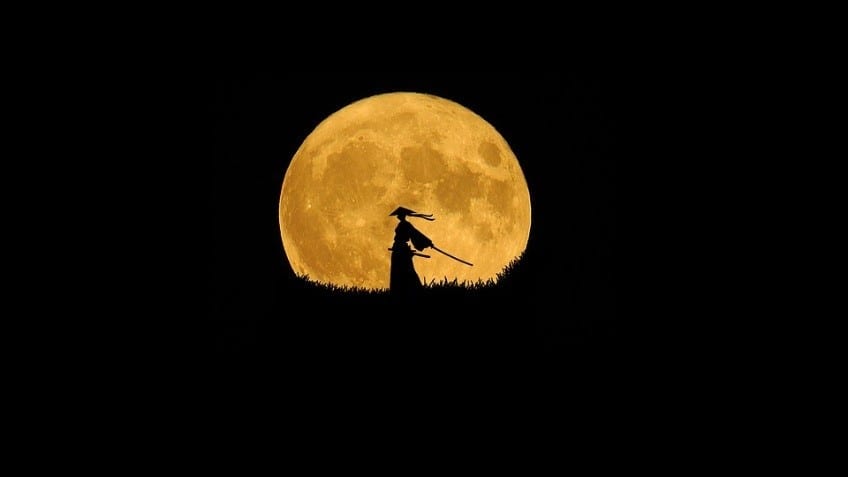
Image Courtesy of pixabay.com
In 1192, the first Japanese samurai to earn the title “shogun” – “general” in military Japan was Minamoto no Yoritomo.
Video by ClickView – Japan Under the Shoguns – Social Classes Under the Shogunates
Source: youtube.com
From 1185 to 1133 during the reign of the Kamakuro government, the samurai turned into the ruling class of Japan.
Later on, Toyotomi Hideyoshi – the daimyo who built the Osaka Castle in Osaka – created a law that allowed only the samurai to possess swords.
By the end of the Edo period and the beginning of the Shinto period (1603 – 1867), the samurai became one of the most important and powerful social castes.
The social caste refers to the separation of a social class based on hereditary factors, such as profession, rank, and/or wealth.
Even though the samurai class was brought to an end in 1868, the legends and stories of the mighty Japanese warriors shine through the veil of time to remind us of the unbreakable samurai spirit marked by the art of Japanese woodworking.
The Secrets of the Japanese Wooden Swords: Bokken and Martial Arts Training
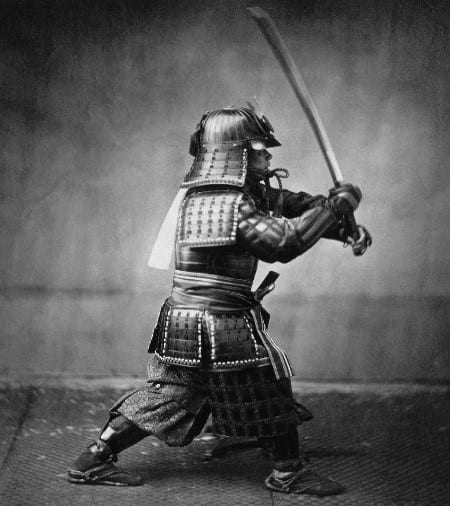
Above all, bokken can be made to represent any style of weapon for martial arts training purposes.
Some of the traditional Japanese martial arts that feature the use of bokken include kendo, aikido, kenjutsu, iaido, and jodo.
Ultimately, a bokken is highly valued for a number of reasons.
First off, the simplistic wooden construction of this type of sword makes it especially easy to maintain.
Secondly, it is also inexpensive, keeping in mind the wide availability and accessibility to various types of timber.
Last but not least, a bokken is, undoubtedly, a much safer alternative to the traditionally perfectly-sharp bladed Japanese weapons.
Then again, it is crucially important to highlight the fact that a bokken must never be looked upon as a “safe” weapon for it can be just as deadly as a traditional weapon. It is the intention behind the usage of the bokken that makes the difference between a martial arts practice and a real battle.
In fact, a bokken can prove to be riskier than the traditional weapons because injuries that may occur can often remain invisible to the eye.
On another note, some of the most common injuries include ruptured organs and/or compound fractures.
As a summary, the power of bokken is mostly used for the purpose of acclimating the student to the feeling experienced by the contact with a “real” (meaning metal-blade) sword.
Video by Rachel and Jun – How samurai movies are wrong | A lesson in Aikido
Source: youtube.com
Looking into the Design of Bokken

When it comes to the design of Bokken, experts assume that bokkens were manufactured by many different woodworkers. Hence, there were no particular masters who specialized solely in bokken production.
However, this is simply the most widely-supported assumption as any solid proof on the existence of masters who specialized only in bokken production is still lacking.
On another note, it is important to keep in mind that martial arts training and all the associated crafts such as bokken productionwere kept highly confidential. By doing so, the secrets of the samurai class remained away from the enemies who wanted to study their ways in order to defeat them.
Video by Seido – Budo, Kobudo & Japanese Artisanry – How To Make a Bokken – with Master Nidome Yoshiaki, Japanese Artisan
Source: youtube.com
Meanwhile, whether a bokken would be additionally carved with traditional symbols was mostly a matter of personal preference.
But at the beginning of the 20th-century things changed with the opening of bokken workshops in Miyakonojo.
Up-to-date, some of the finest examples of contemporary bokken swords are crafted with the application of beautiful motifs that are highly symbolic according to the ancient Japanese traditions and beliefs.
Below, we will list several types of Japanese weapons that were often crafted into a bokken.
Nagamaki, No-dachi, Yari, Naginata and Kama
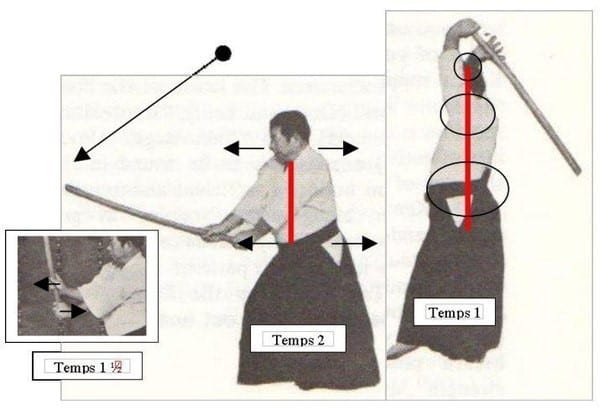
Nagamaki
Nagamaki is a Japanese sword with an extra-long handle used by the samurai. The length of the blade could reach over 2 feet and the size of the handle was usually equal to the length of the blade.
Although historians are still uncertain about the exact period when the Nagamaki swords were first produced, it is most commonly attributed to the Heian period (794 – 1185).
Video by Metatron – Nagamaki – Fun Facts, History and Usage
Source: youtube.com
No-dachi
No-dachi(also known as ōdachi) is a Japanese sword used by the samurai and often labeled as the “cousin” of the Chinese sword miao dao. The Japanese term for this type of sword translates into “great” or a large sword.
All in all, the size of the no-dachi can vary, however, the most common length of the blade was approximately 1 meter (or about 35 inches).
Video by Metatron – Nodachi VS Katana – Comparative Video
Source: youtube.com
Yari
Yari is the Japanese straight-headed spear used in the martial art of sojutsu. The earliest examples of yari are believed to have been derived by the Chinese spears during the Nara period (710 – 794).
However, it wasn’t before the 15th century that the yari became widely popular in feudal Japan.
Video by Ronin Dave – Samurai Spear Fighting in Armor – Sojutsu
Source: youtube.com
Naginata
Naginata belongs to the traditional style of crafting Japanese blades known as nohinto. The naginata was used as a pole weapon in close combats.
Interestingly, Naginata has turned into an iconic type of weapon used by the female warriors of noble origin who used to engage in battle alongside the samurai.
Video by gabehs1 – Japanese women practicing naginata-jutsu
Source: youtube.com
Kama
Kama was first used for cutting crops such as rice, and it is therefore found in many different shapes throughout Southeast Asia. Nevertheless, kama is also commonly used in various martial arts practices in Malaysia, the Philippines, and Indonesia.
Initially, the kama was brought to Okinawa. When it comes to demonstration purposes, the blades were intentionally made dull.
Video by GekikenORG – How to use Dual Kama against the Katana
Source: youtube.com
On another note, although there are many different martial arts styles, the most widely used types of bokken include daitō, shoto, tantō bo, and suburito.
Daitō, Shoto, Tantō bo, and Suburito
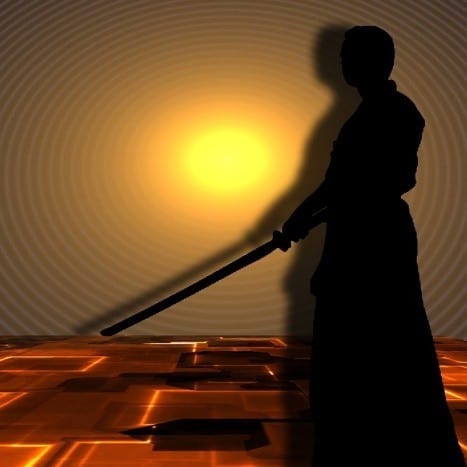
Image Courtesy of pixabay.com
Daitō – also known as tachi, the sword is long, resembling the size of the katana swords.
Shoto – also known as “kodachi” and “wakizashi bo,” this type of sword is rather short, resembling the size of the wakizashi swords.
Tantō bo – Tanto was first designed as a stabbing weapon since it is actually a knife with a single or double-edged blade varying from 15 to 30 cm (6 – 12 inches) in size.
Suburito – “Suburi” translates into “bare swinging” and is associated with solo cutting exercises. Specially designed for use in Suburi, Suburito were much heavier and thicker than most types of bokken. Because of this, the users of the suburito needed to attain a perfect balance between clean technique and big strength.
Finally, Suburi brings us to the amazing story of the legendary samurai Miyamoto Musashi.
The Famous Legend of Miyamoto Musashi: Japan’s Greatest Swordsman
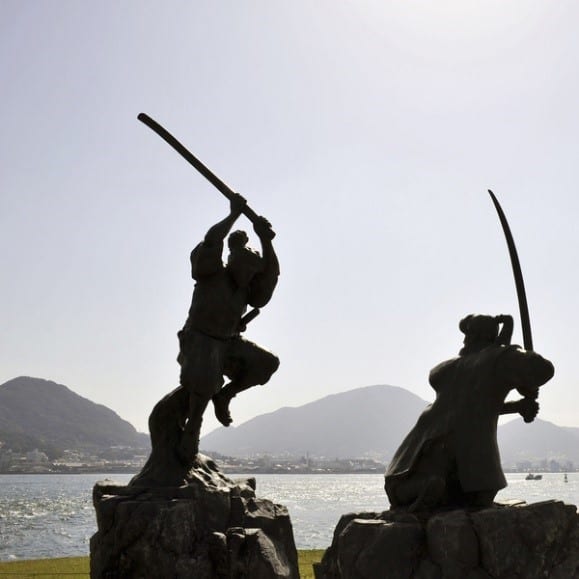
Early Life of Miyamoto Musashi: Developing the Fiersome Technique of Fighting with One or Two Bokkens
Miyamoto Musashi was just about 13 years old when he killed his first samurai opponent who came from a village in the neighborhood.
This happened around the year of 1595, and the lethal weapon used by Musashi in his first battle was none other but a wooden sword. It was only the wooden practice sword that Musashi was armed with at the time.
By the age of 20, Musashi was already widely known as one of the greatest swordsmen in the country after fighting in several battles.
Video by Mad Max5 – Musashi vs Katayama yuuki
Source: youtube.com
Miyamoto Musashi became renowned for the magnificent and absolutely one-of-a-kind bokken fighting technique that he managed to develop with stunning dedication.
He is said to have been able to battle fully armed foes by using one or two bokkens.
Specifically, one of the most popular legends related to the master swordsman samurai Musashi was that of his battle with Sasaki Kojiro in 1612.
Sasaki Kojiro was a highly respected master of the swords who had won numerous duels. Thus, Sasaki Kojiro was considered the most fearsome opponent Musashi could possibly stand against.
Miyamoto Musashi and the True Spirit of the Samurai
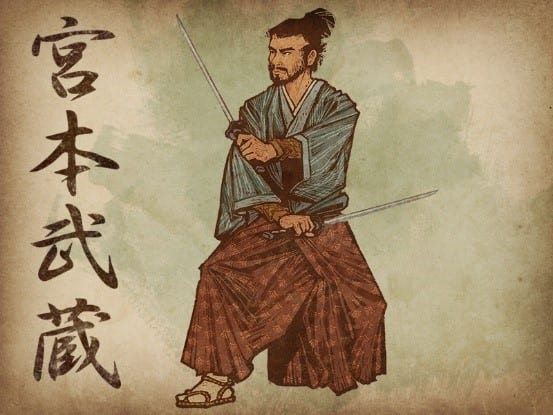
Surprisingly (or not) Sasaki Kojiro is most remembered for the unique battle with Miyamoto Musashi that made Kojiro pay with his life for the courage to fight against his ferociously talented opponent.
According to the legend, Miyamoto Musashi was traveling on a boat in order to reach the predetermined island where the duel with Kojiro was about to be held.
The island that was predetermined for the duel – the island of Ganryū-jima – is locatedbetween Honshu and Kyushu.
It was named after the Ganryu kenjutsu school that Kojiro himself had founded. Little did he know that this very same island would become the very place of his death.
It was on the boat that Musashi carved his bokken out of an oar. The duel was rather quick but Musashi’s reflection on the final outcome was astonishing.
Instead of feeling happy for winning over his tough opponent, Musashi was left upset. He believed that by participating in lethal duels like that, he was robbing the world of incredibly gifted masters such as Sasaki Kojiro.
Video by “Brother Grimm” Eric Drummond – Kintaikyo, Iwakuni Japan, and the legend of Sasaki Kojiro
Source: youtube.com
Then, Miyamoto swore off lethal duels forever, even though he continued to be a part of the samurai class and participated in numerous other battles different than lethal duels up to 1645.
It was sometime in 1645 that Musashi felt his life will soon come to an end.
Proving the true spirit of the samurai, Musashi did not let himself sink into self-pity but rather than that he moved to a cave where started writing his book –Book of Five Rings – the definitive text on traditional Japanese swordplay.
Final Food for Thought
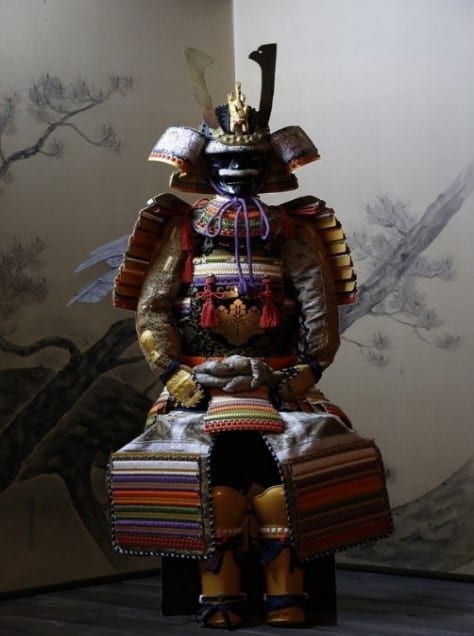
The world of the samurai is intricately connected with the one-of-a-kind Japanese wooden swords: the bokkens.
Just like literally any other aspect of Japanese woodworking, there is a special kind of magic that embraces the legends of the bokken and the unstoppable yet always loyal samurai.
Somehow, the stories of the brave samurai and the wooden swords they used for both practice, as well as in battles, manage to convey a particular sense of beauty.
Interestingly, bokken is depicted in many modern-day films, as well as anime and comic books. In “The Last Samurai,” Nathan Algren (played by Tom Cruise) underwent his martial arts practice in the village of the samurai using a bokken.
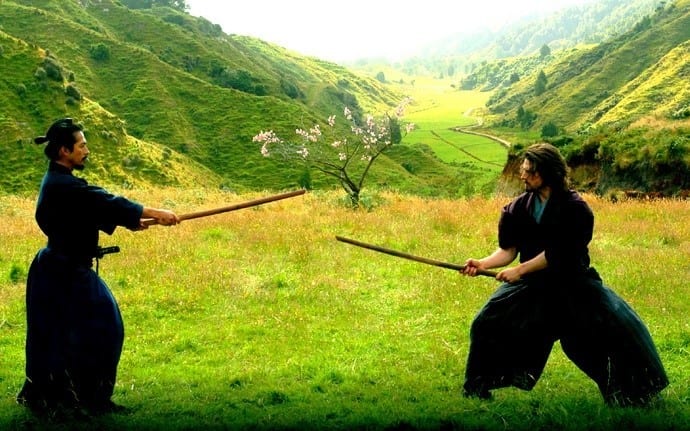
Katsumoto: Life in every breath. That is the way of the warrior. That is Bushido!
Nathan Algren: Hai.

